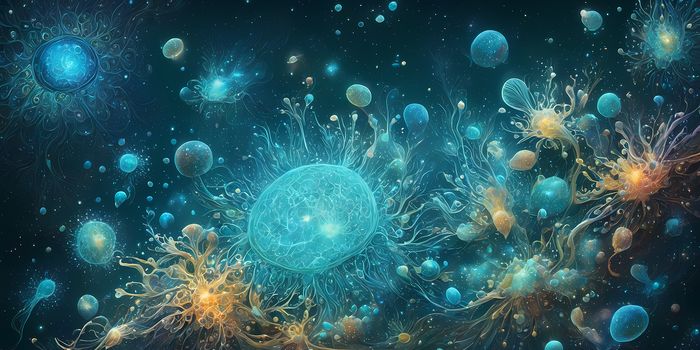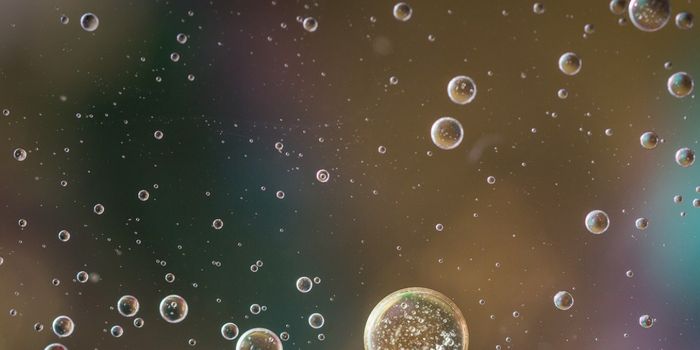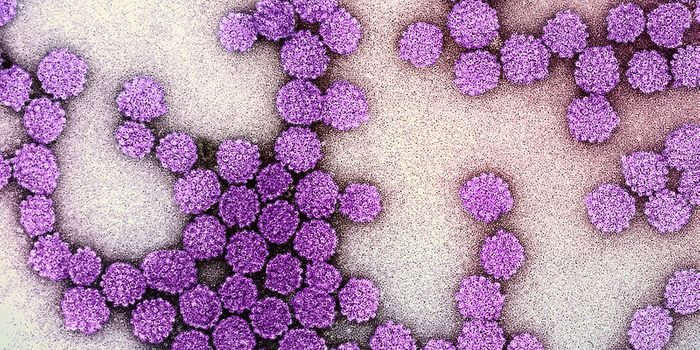Two Genes Found to be Essential to REM Sleep
Sleep is an essential process for animals and is a programmed part of life. We do know a bit about the physiology of sleep; in mammals, there are two major types: rapid eye movement (REM) sleep and non-REM sleep. Our brains are about as active during REM sleep as they are while we’re awake, and we know that a molecule called acetylcholine is present at about the same levels during both wakefulness and REM sleep. But many other molecular characteristics underlying the process remain unknown. New work published in Cell Reports has shed some light on this area, however.
Acetylcholine has been shown to be abundantly available during REM sleep, scientists led by Hiroki Ueda at RIKEN BDR and The University of Tokyo began their investigation with genes that encode for receptors that bind to that molecule. Acetylcholine is a neurotransmitter, which sends signals between neurons. The researchers used CRISPR technology and generated transgenic mice to learn that Chrm1 and Chrm3 are an essential part of how sleep is controlled by the body. The genes encode for receptors that are found in the human cerebral cortex.
In mice without the Chrm1 gene, REM sleep was reduced and fragmented. When mice lacked Chrm3, the length of non-REM sleep was reduced. While mice lacking both Chrm1 and Chrm3 were able to survive, they got very little REM sleep.
“The surprising finding that mice are viable despite the almost complete loss of REM sleep will allow us to rigorously verify whether REM sleep plays a crucial role in fundamental biological functions such as learning and memory” noted the co-first author of the report, Yasutaka Niwa.
Based on this work, it seems that these receptors are essential to REM sleep and regulation but in different ways. It will remain to be seen if this work applies exactly to humans.
“The discovery that Chrm1 and Chrm3 play a key role in REM sleep opens the way to studying its underlying cellular and molecular mechanisms and will eventually allow us to define the state of REM sleep, which has been paradoxical and mysterious since its original report,” Ueda added.
Sources: RIKEN, Harvard, The Human Protein Atlas, Cell Reports








